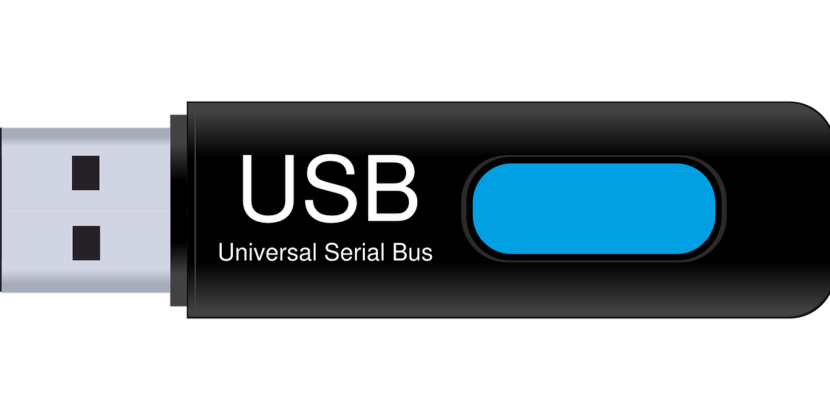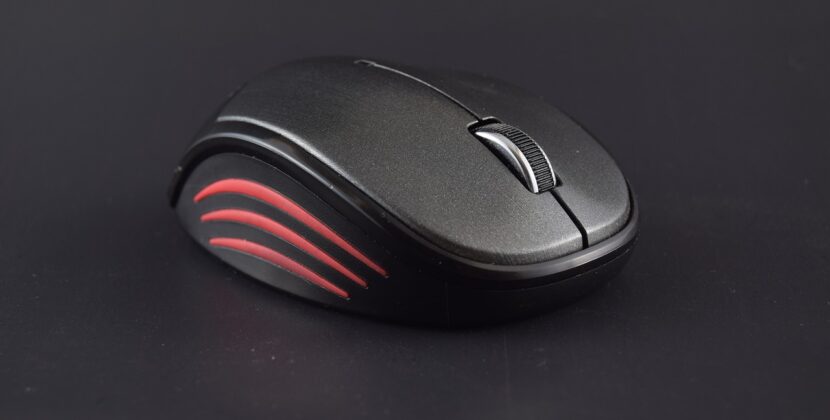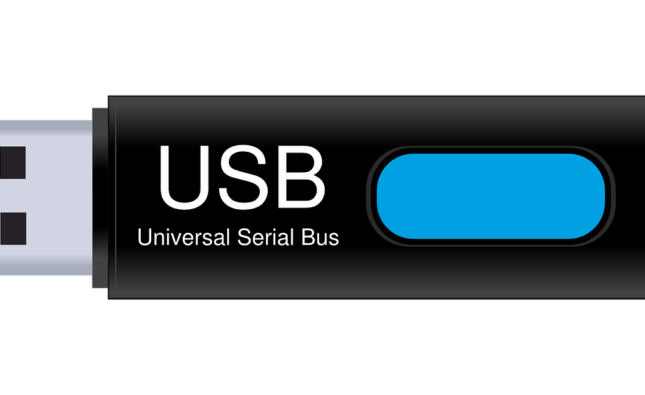
With its new 24MP sensor, improved autofocus system and 4K video resolution capabilities, this camera makes an excellent choice. Plus, its large buffer makes it perfect for capturing action shots!
Customisation options make this camera ideal for newcomers to the X series or as a backup/secondary camera.
Features
The Fuji X-T20 builds upon the design and handling of its predecessor, the X-T10, while also adding some of the “guts” from its successor, the X-T2, including an autofocus system that supports phase detection autofocus. Direct setting controls such as front/rear control dials as well as an exposure compensation dial make this camera even more appealing for direct setting fans.
The camera offers several Film Simulation modes and records 4K video with clean HDMI output. Furthermore, its ISO can be adjusted automatically according to focal length; and there’s even an Auto Exposure mode built-in.
The Fuji X-T20 mirrorless camera is an outstanding option, even though some users might require features like built-in flash. Image quality is excellent at higher ISO settings where images produced may still be usable when needed quickly.
Autofocus
The Fuji X-T20 takes advantage of 325 phase-detection autofocus points and an upgraded AF algorithm to deliver excellent focus results, even for action shots. With just a little practice, focus can easily be achieved in most situations and action scenes alike.
This camera stands out from other models by featuring easily discernible dials for advance mode and shutter speed adjustments, and levers for single functions rather than forcing them into unnamed buttons on other models. This makes the X-T20 much simpler to use than most others.
The X-T20 offers multiple forms of bracketing, such as AE, ISO, Film Simulation and White Balance bracketing. Furthermore, two customizable Auto ISO presets enable you to adapt settings based on scene or environment – an added feature which saves both time and effort when shooting in auto mode.
Evaluative metering
Fujifilm has created an excellent new camera in their X-T20. Featuring an excellent 325 point hybrid phase-detection/contrast-detect AF system and 14 FPS continuous drive speed, as well as a touch screen (albeit less responsive than on its counterparts), the X-T20 stands up well against rival cameras from rival brands.
The camera features a 24 MP X-Trans CMOS sensor and X-Processor Pro for high-resolution imaging with minimal noise. Additionally, its dynamic range is impressive while offering several film simulation modes to produce realistic colors.
Multi-Segment Metering Mode of the camera is highly dependable and rarely produces blown highlights; additionally it supports Center-Weighed and Spot metering modes as well as White Balance with 19 steps on both axes, virtual bracketing feature that saves three different WB settings, ISO of 200-12800 in 1/3 steps can also be easily set manually by users.
Focus peaking
Focus peaking is a real-time visual representation of what might or could be in focus when shooting manually using manual focusing mode. It highlights high contrast edges and areas using an opaque false colour overlay in the viewfinder, often green, yellow or blue depending on your camera model and can often be adjusted according to preference and sensitivity settings.
A high sensitivity setting will display more of the scene overlaid with colour, but could be difficult to see with dark subjects and wide apertures. A lower sensitivity setting shows less, yet is more reliable at showing only those areas which require focus.
For photographers using manual lenses or wanting to achieve shallow depth of field effects, this feature can be invaluable. Simply assign a button that will quickly turn it on or off when shooting with manual lenses.
Viewfinder
The X-T20 features the same 2.36m f/1.0 EVF found on its predecessors; although its clarity doesn’t quite compare with that of the X-Pro2 or X-T2, it serves its purpose well enough.
The camera also comes equipped with a touch screen that offers similar features found on smartphones and tablets – such as being used to move focus points by swiping, or pinching zoom in playback mode.
The Fuji X-T20 is very simple and intuitive to use, featuring an intuitive UI (though perhaps not as much so than some rival models). Both front and rear control dials allow direct manual control if desired; additionally, exposure compensation automatically sets according to lighting conditions for added ease.
Menu system
The Fuji X-T20 features the upgraded menu system first seen on the X-Pro2 and later adopted across most other X-series cameras, where settings are organized into logical pages for easier customization to suit your workflow. The Q menu gives you easy access to key settings like ISO, JPEG parameters, self-timer options, AF mode settings and flash modes. The camera provides multiple shooting modes, such as P, A, S and M; in addition to its Advanced SR Auto mode that automatically recognizes scenes and optimizes settings. There are two bracketing modes – for AE, Film Simulation and white balance – as well as interval timer shooting that lets you set the starting date and time between shots. You can even assign one of four image quality settings as a function button.
Customisation
The X-T20 features an extensive set of customisation features, such as assignable buttons and dials that enable quick control of camera operations with one click or spin – perfect for creative tinkerers looking for a tailored experience!
Fuji’s new AF autofocus system on the X-T20 excels at tracking subjects that move at various speeds or appear irregularly in your frame, with its Tracking Sensitivity setting providing control over how sensitively to detect, acquire and track moving subjects.
To maximize the use of your X-T20 camera, try learning photography and finding out what works for you – then get out there and take pictures!










